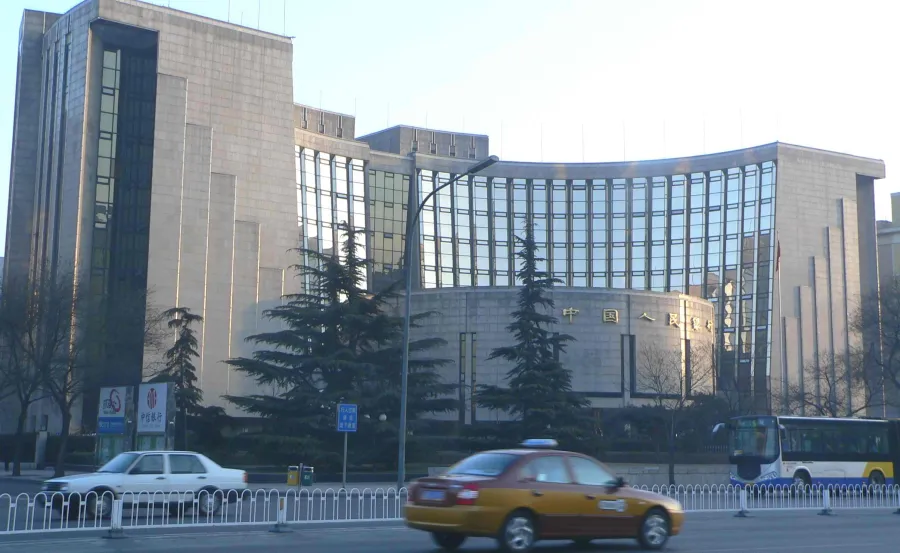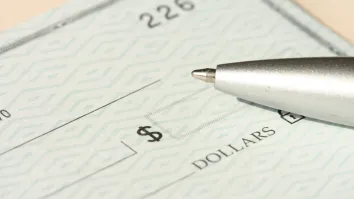
Surprise Chinese banking rate cut continues to backfire
Fears spread as the Chinese central bank recently reduced its main lending rate by 0.31 percentage points to 6%.
China originally intended its rate cut to boost growth in the second half of year. Instead, it fueled speculation among analysts about the depth of China’s downturn.
The People’s Bank of China, the central bank, lowered the one-year deposit rate by 0.25 percentage point and the one-year lending rate by 31 basis points. It also allowed banks to widen the discount on borrowing costs to 30% from 20%.
China's second surprise rate cut and lending reform in the space of a month showed that Beijing wants borrowing to play a greater role in reviving its economy that has been crippled by its weakest pace of growth since the global financial crisis began in 2008.
One Western analyst said the move by the central bank could indicate that policymakers have had a sneak preview of June figures and have not liked what they’ve seen. China’s economy might grow at 7.8% in the second quarter, the weakest in three years.
The Chinese may have wanted to heighten the impact of their rate cut by doing it alongside others in Europe to encourage talk of a coordinated response to the slowdown in the global economy. The opposite effect has occurred, however.
The immediate effect of the rate cut was to send Chinese banking shares tumbling on July 6. Industrial & Commercial Bank of China Ltd., China’s largest, bank and China Construction Bank Corporation, its second largest lender, both saw their share prices fall in the aftermath of the rate cut.



















 Advertise
Advertise









